By Shirley Hitchman
Nearly everyone will know of the 4 F’s which are coping strategies our dogs use when in a stressful or fearful situation.
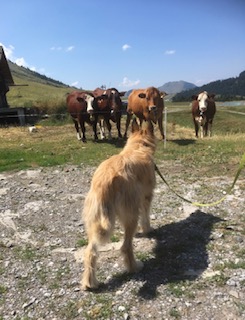
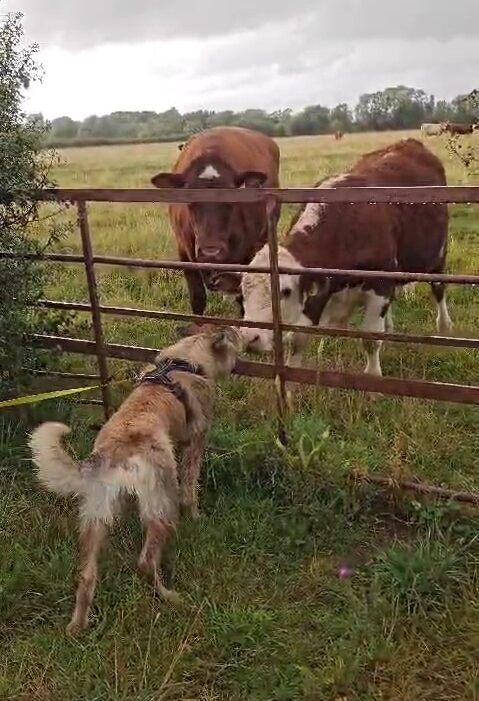
FREEZE where the dog will keep still or hide, in the hope you don’t notice it or will leave it alone.
FRIVOLOUS is when the dog acts silly.
FLIGHT is where the dog tries to escape from the situation by running away.
FIGHT, the dog feels the need to use aggression to protect itself.
How many are aware though, of another F which is FLOCK?
This is also a coping strategy used by some humans.
This is where we flock together or ask others, even strangers, for help when we are frightened or in a dangerous situation.
I belong to the generation where we were taught a dog jumping up was considered at best a nuisance and not to allow it in case it did it when you were dressed up. It was the dog being naughty and you should either step on its toes or worse still, knee it in the chest to stop the unwanted behaviour. Most trainers no longer suggest this thankfully but nowadays we still get people who step away so the dog drops back on its feet and then continue to ignore the dog until all four feet are on the floor.
Sometimes it is unwanted behaviour for a dog to jump up, but not when the dog is anxious as then FLOCKING SHOULD BE ENCOURAGED. I try to persuade owners to put flocking on cue so it becomes the dogs default behaviour when worried, much better than the dog choosing another coping strategy such as flight or fight.
I first noticed flocking in the Picardy Sheepdog breed. Although known for being wary of being handled by strangers, the Picard is a very kinaesthetic breed with owners and close friends and we say no breed could ever love you more.
They have a physical need for contact with you, so they will be standing on your foot or have a paw touching your leg whilst they sleep. They also have a habit, which is quite breed specific, where they just love to hug you known as the PICARD HUG, when they just jump up for a cuddle.
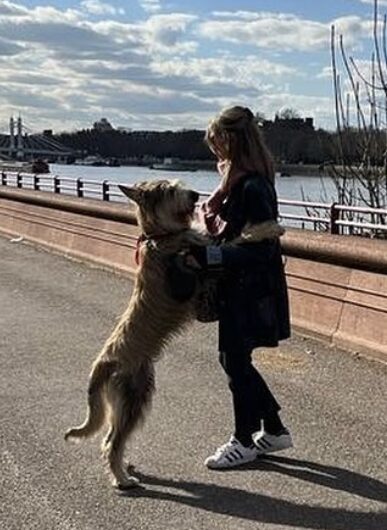
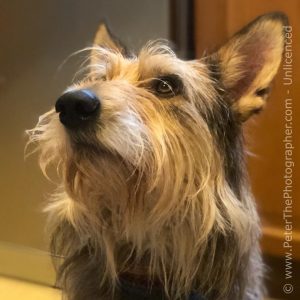
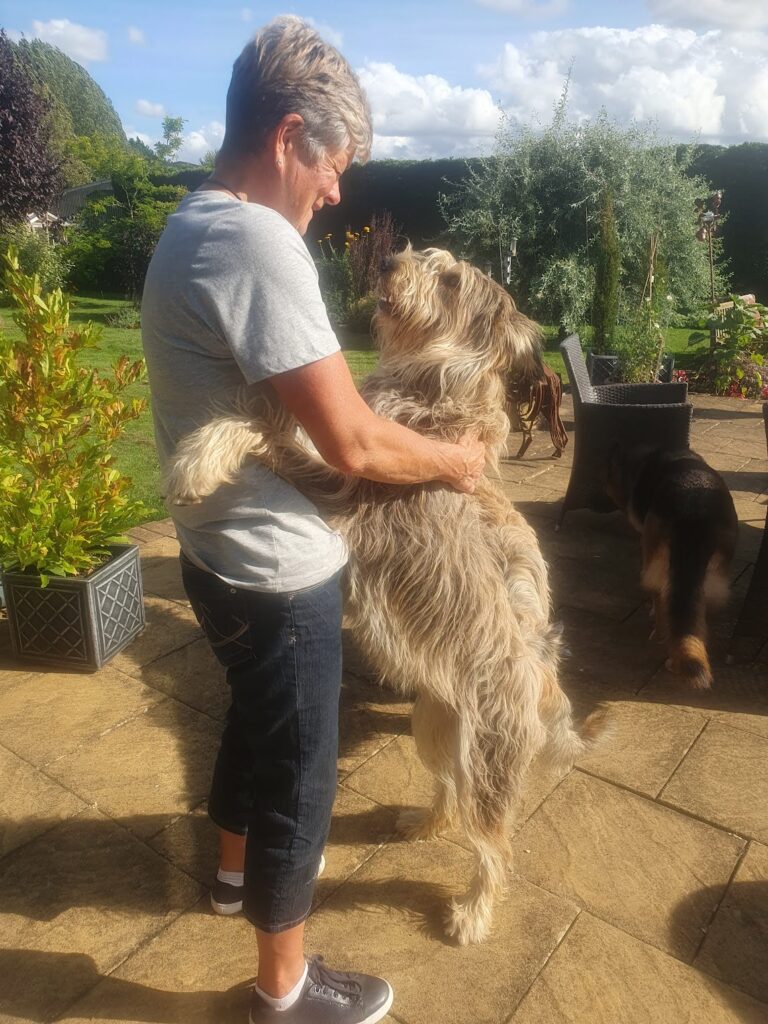
They are also influenced by SUDDEN ENVIRONMENTAL CHANGE (SEC). They are bred to notice anything unusual or out of place.
This makes them very curious and intellectual as a breed. They need to check things out and the more they do this, the brighter they become, as they experience more. This can also make them quick to react to situations, often with flight but with a receptive owner, flocking is their preferred coping strategy when worried about something.
Pups come hard wired to flock. It is a fear response geared towards survival, as young puppies are prey not predators. Any sign of anxiety in the adults should send the pups scurrying for cover in the den where hopefully the source of danger is unable to reach them. Prey animals, who are unable to hide in a den, group together in a flock for protection using other group members as a shield. It may also be that herding dog breeds have a heightened sense of flocking anyway, as they are hard wired to keep the flock of sheep together.
What is flocking then, in a domestic situation, where it is often just the family and their pet dog? Although there are no sheep to protect, instinctively the dog still feels the need for reassurance from the owner by contact or grouping together.
Even when adult, and the dog is now a predator rather than prey, they still prefer to sleep together often in a small space or den. I have observed the breed when mildly concerned about a situation, just standing up their owner for a cuddle. Luckily, with a Picard, most owners realise it is a breed trait and welcome it.
I have also observed some dogs who are very stressed or frightened in some situations, fling themselves with some force into the arms of their owner. In fact the more fearful the dog, the harder it tries to flock. It also seems the more curious the dog, the more fearful they are, which makes sense. They say ‘curiosity killed the cat’ and if you are curious enough to investigate something new, it is wise to get to safety quickly if it appears dangerous, so you live to tell the tale another day.
It is distressing to see a fearful or anxious dog desperately asking for help though and the owner not responding or even moving away from their dog, or worse still, telling their dog off for their actions! Recently I observed a young dog in the show ring for the first time, jumping up on the owner for reassurance as the judge approached to go over the dog. You may not win on the day if you give the dog a cuddle, but how much better to set the dog up to succeed in future knowing it has your support, rather than step away and leave the dog to fend for itself, which sadly was the outcome in this case. Naturally, the dog shied away from the judge, despite it having attended ringcraft classes, and unfortunately the judge just kept approaching, and the owner didn’t support the dog when needed. The owner was also inexperienced and sadly it put them both off showing, but the situation could have been easily prevented with some simple knowledge and understanding.

I always tell owners if their dog asks them for help they should be eternally grateful that the dog trusts them enough and flattered that the dog is saying, “human please help me!”
Helping your dog cements the bond and relationship between the dog and human.
This is why we need to start educating owners that not all jumping up is bad manners or the dog being naughty and that it is important THAT IF YOUR DOG ASKS FOR HELP, YOU SHOULD GIVE IT IN ABUNDANCE.